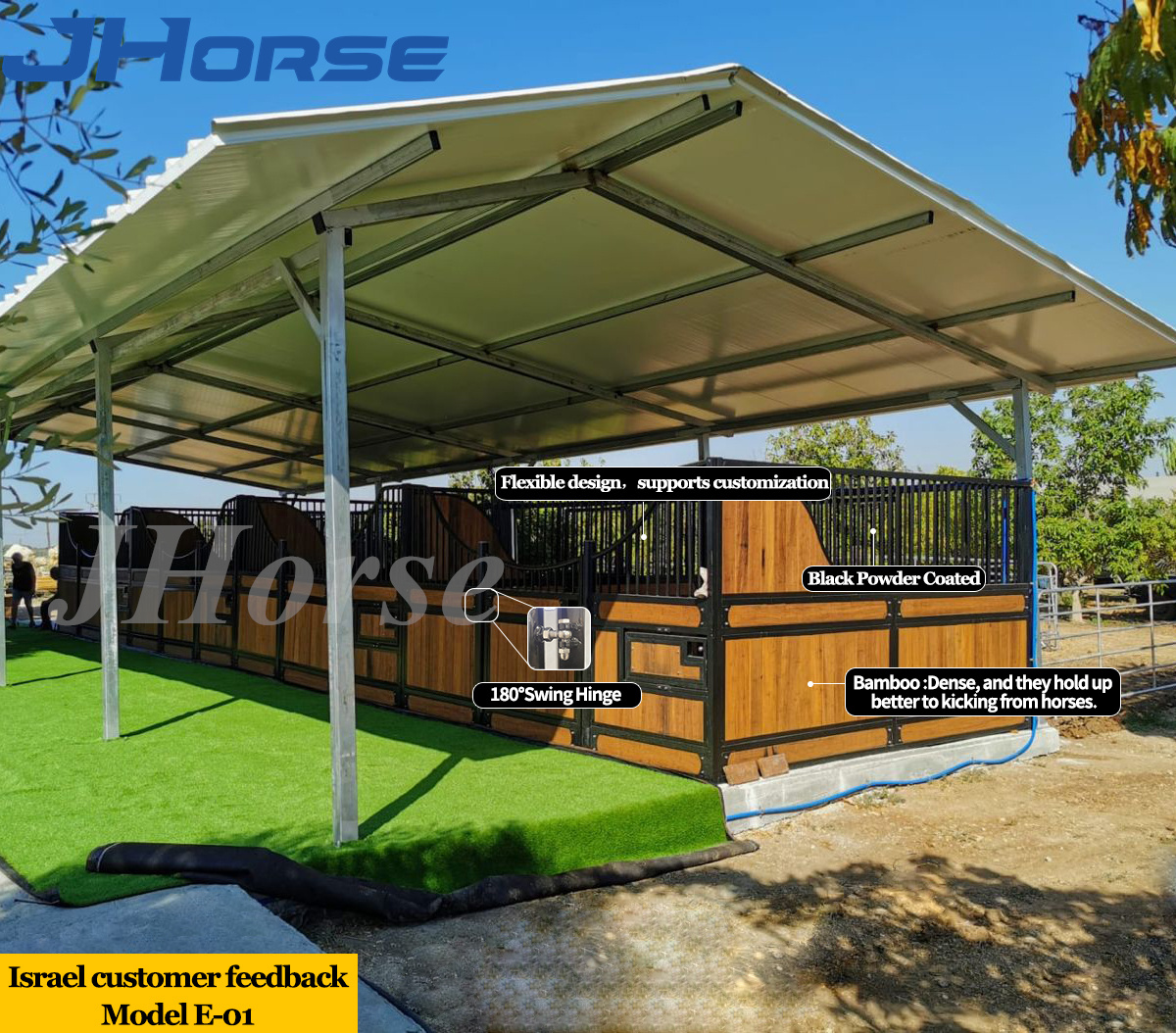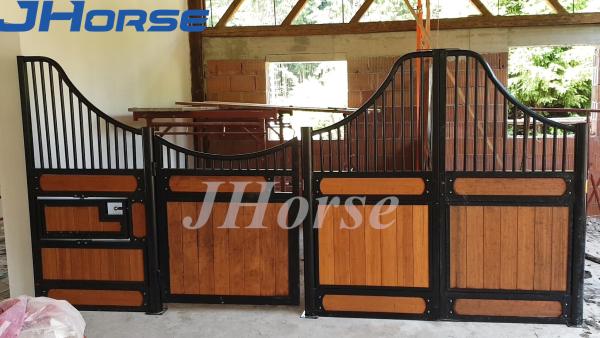Dream fitout large Structure house horse stable stall building
plans
Simple Summary: A new web tool for equine activities, InnoHorse,
was developed to support horse stable managers in business, safety,
pasture and manure management. The aim of the safety section of the
web tool was to raise awareness of safety issues in daily horse
stable activities. This section contains a safety checklist, stable
safety map and good practices to support human health and horse
welfare and to prevent injuries in horse-related activities.
Reviews of the literature and statistics, empirical horse stable
case studies, expert panel workshops and stakeholder interviews
were utilized in designing the web tool. Abstract: Managing a horse
stable involves risks, which can have serious consequences for the
stable, employees, clients, visitors and horses. Existing
industrial or farm production risk management tools are not
directly applicable to horse stables and they need to be adapted
for use by managers of different types of stables. As a part of the
InnoEquine project, an innovative web tool, InnoHorse, was
developed to support horse stable managers in business, safety,
pasture and manure management. A literature review, empirical horse
stable case studies, expert panel workshops and stakeholder
interviews were carried out to support the design. The InnoHorse
web tool includes a safety section containing a horse stable safety
map, stable safety checklists, and examples of good practices in
stable safety, horse handling and rescue planning . This new horse
stable safety management tool can also help in organizing work
processes in horse stables in general.
To examine the effects of installing a mechanical ventilation
system at a riding-school stable on indoor air quality and human
and horse airways. The intervention was the installation of
mechanical ventilation in a riding-school stable. Carbon dioxide
(CO2), ammonia, particles, horse allergen, microorganisms and
endotoxins were measured in the stable. The stable-workers and
riding-students completed a questionnaire and underwent the
following tests: analysis of nasal lavage for inflammation
biomarkers; levels of exhaled nitrogen oxide (NO); measurements of
daily peak-expiratory flow (PEF). The horses were examined
clinically by airway endoscopy and bronchoalveolar lavage (BAL) and
were analysed for cytology and biomarkers. Levels of CO2 were
nearly halved and airborne horse allergen levels were markedly
reduced (5-0.8 kU/m3) after the intervention. A decreased level of
ultrafine particles was observed (8000-5400 particles/cm3) after
the intervention, while total and respirable dust levels were
mainly unchanged (200 and 130 μg/m3). Levels of microorganisms in
surface samples decreased following the intervention, whereas
airborne microorganisms and endotoxin increased. There was no
significant change in human symptoms, PEF-variability, exhaled NO
or inflammatory biomarkers in the nasal lavage. In horses, the mean
score of lower airway mucus was significantly reduced together with
the mean level of expression of interleukin-6 mRNA in BAL cells
after the intervention. The installation of a mechanical
ventilation system resulted in an increased air exchange rate, as
demonstrated by reduced levels of CO2, ammonia, ultrafine particles
and horse allergen. There was no significant clinical effect on
human airways, but there was a tendency for reduced inflammation
markers. The results on the horses may indicate less impact on
their airways after the intervention.
The product advantage:
| 1.Fully hot dip galvanized finish or powder coated surface. |
| 2.A full range of design and style options. |
| 3.Swing window & swivel feeder are optional as accessories. |
| 4.Wood, wire mesh, round pipe are optional as infill material. |
| 5.Auto- lock and sliding systems give you a good experience |


